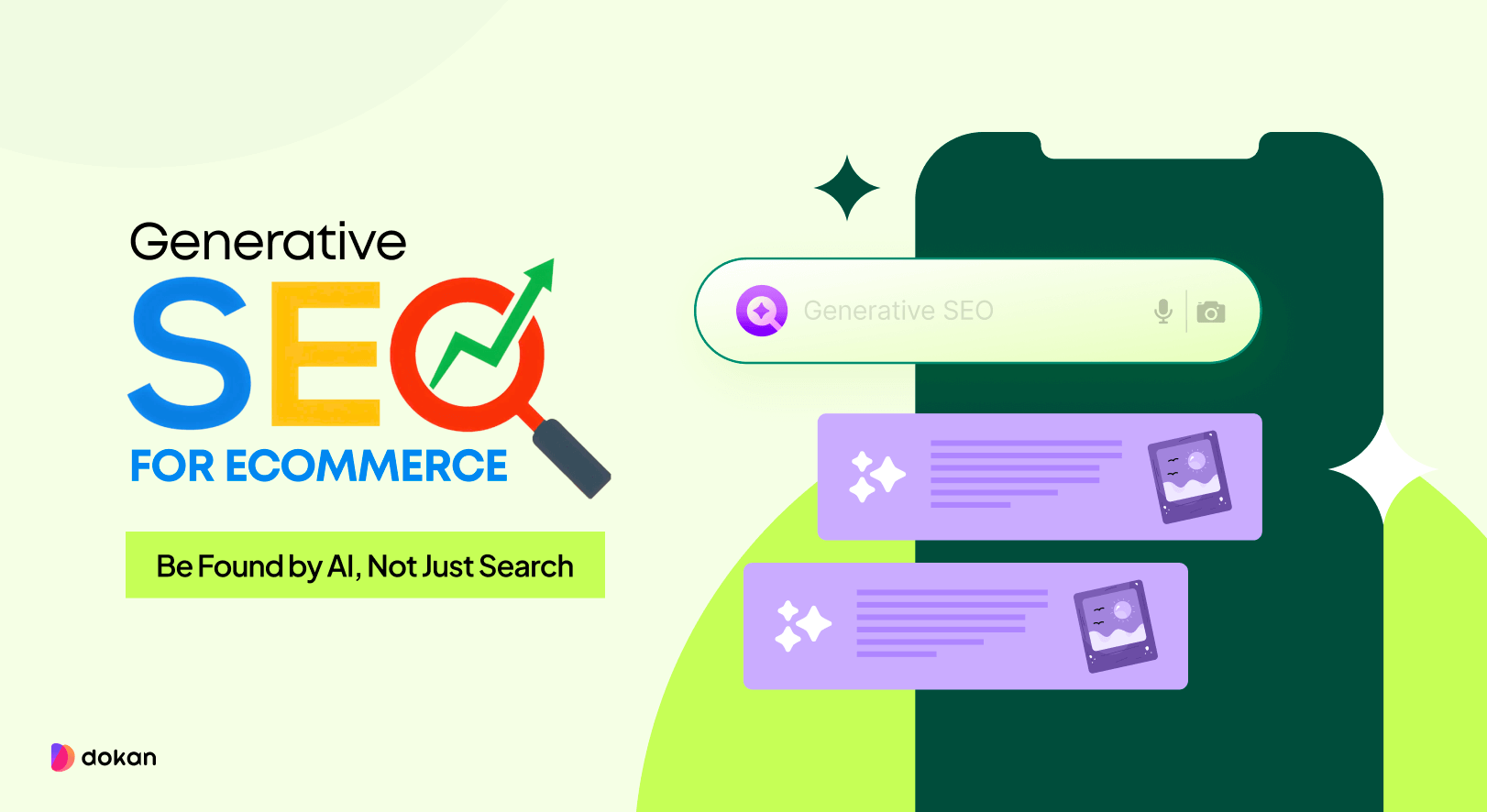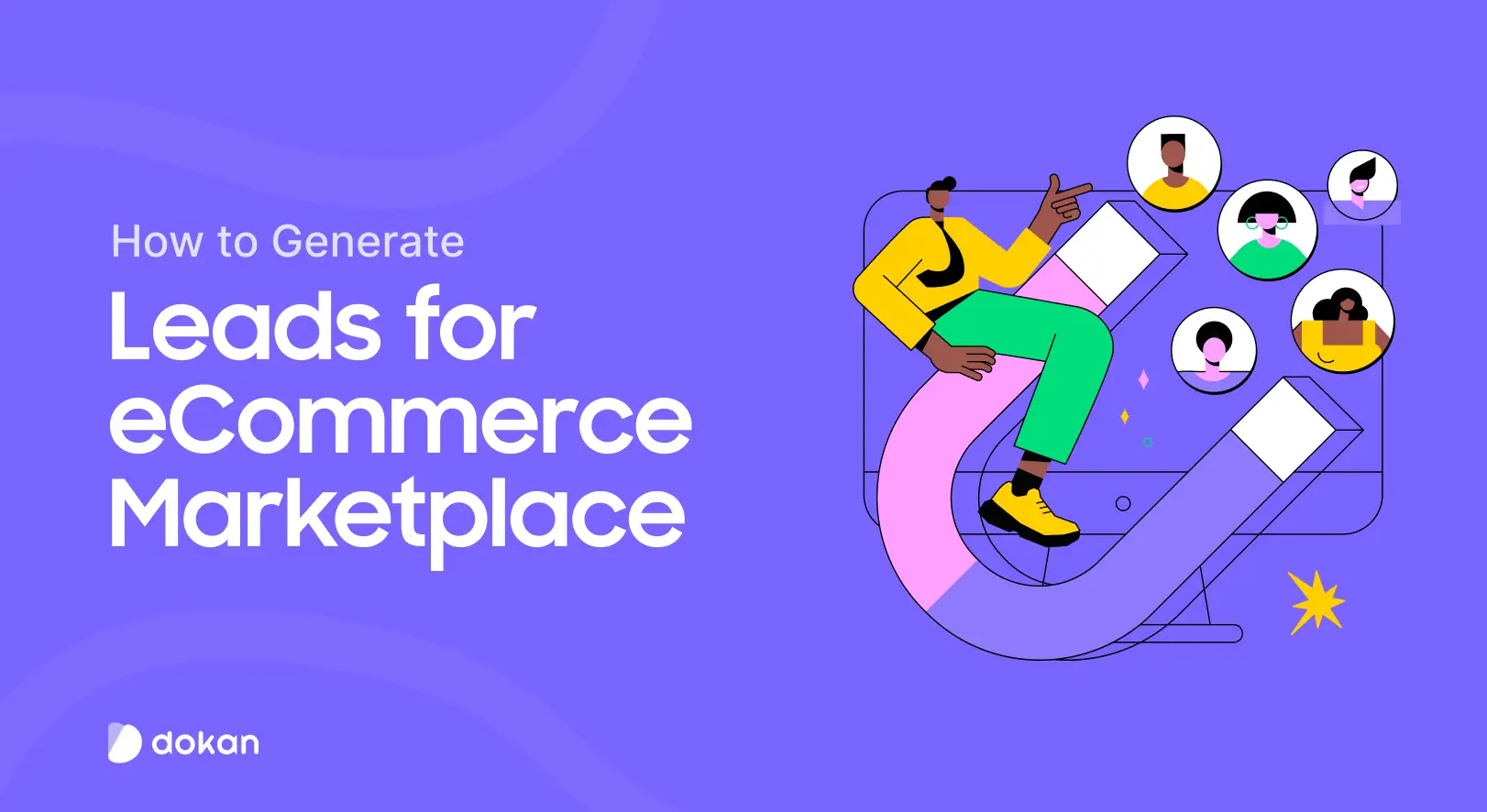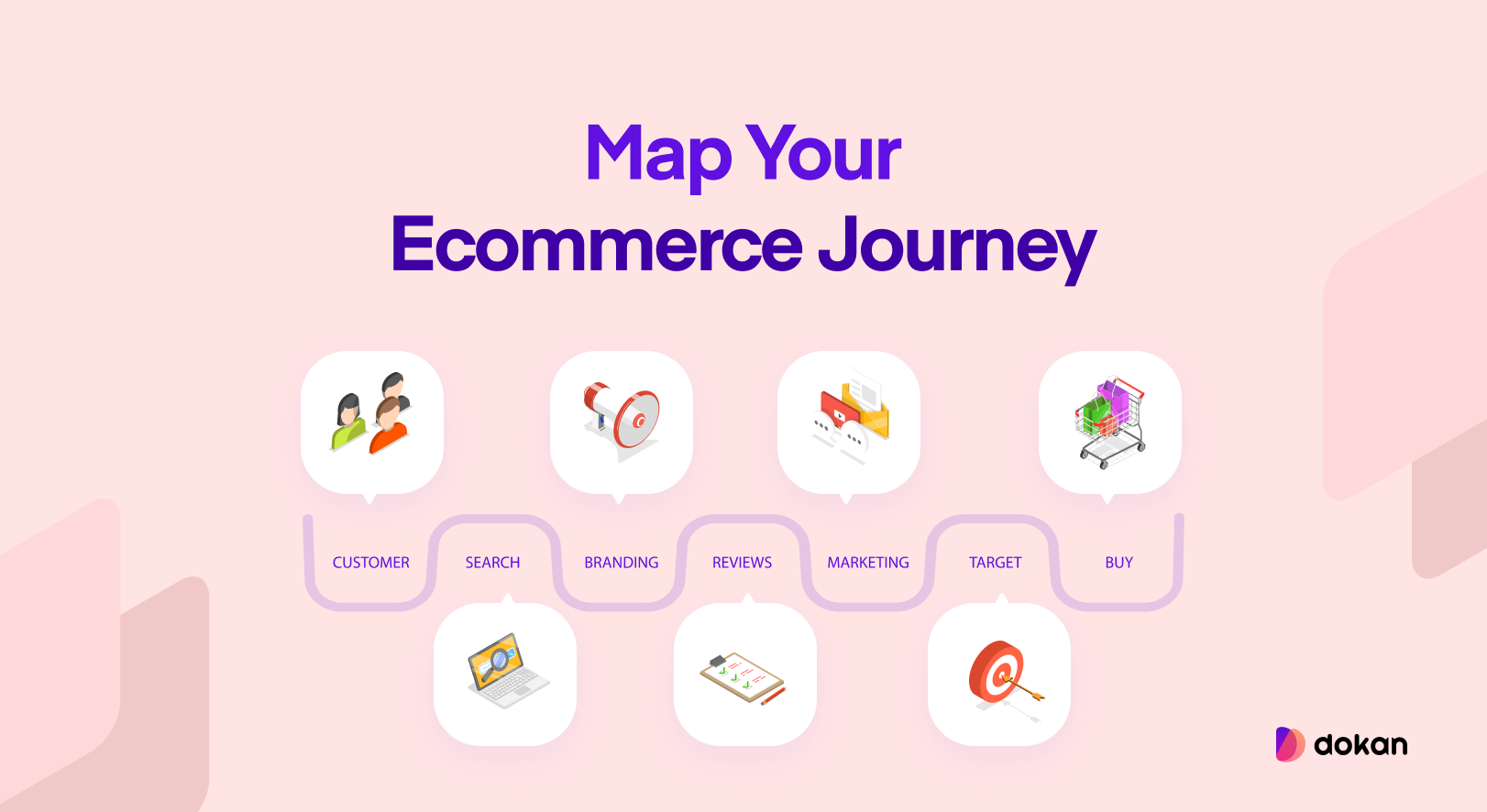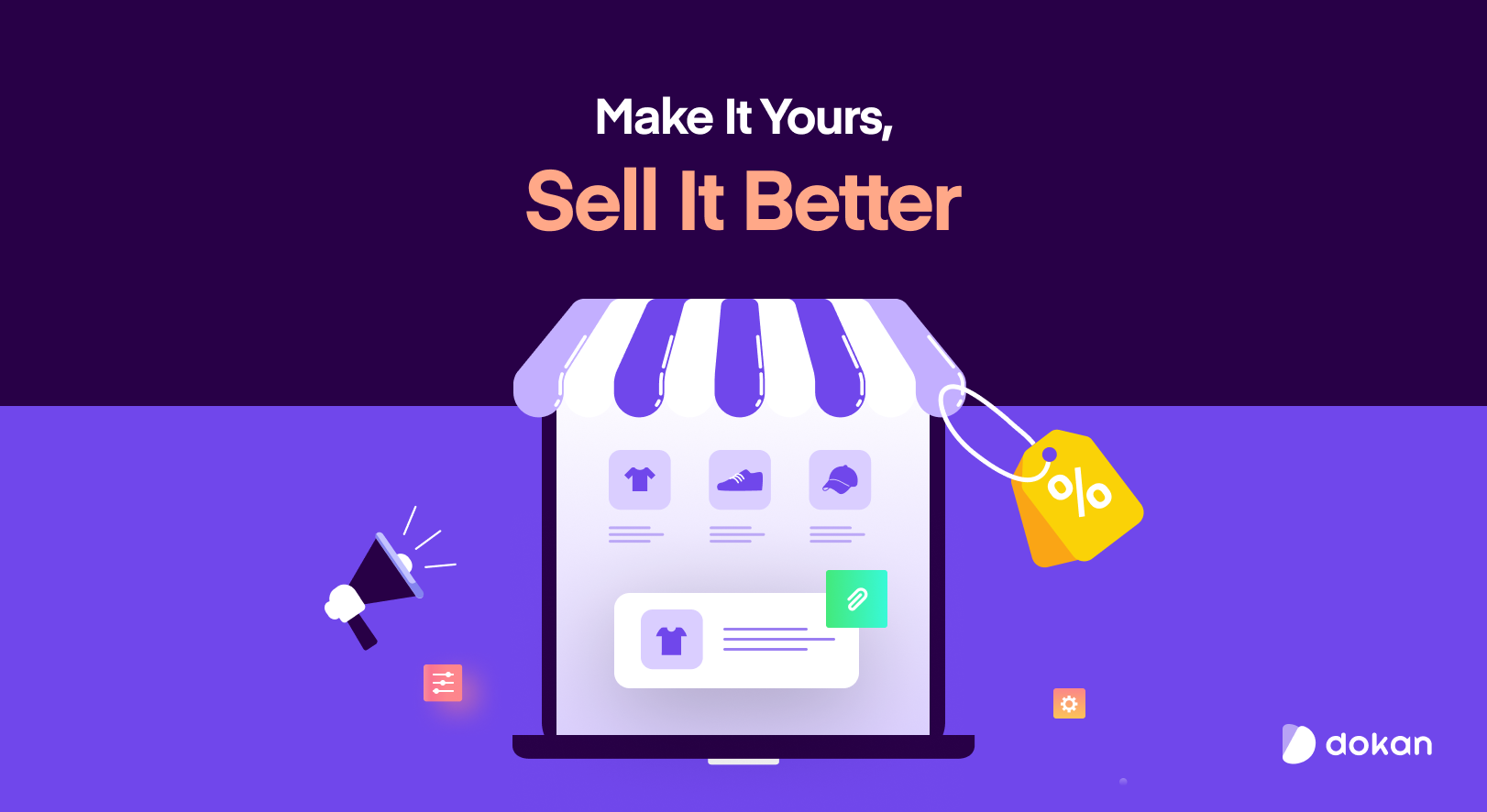Search is evolving fast. Shoppers aren’t just Googling, they’re turning to ChatGPT, Perplexity, Grok, and even DeepSeek for product advice. If your store isn’t showing up in those AI answers, you’re invisible to a growing segment of buyers. And if your eCommerce digital marketing strategy ignores Generative SEO, you’re stuck in the past.
This guide breaks down how Generative SEO (GSEO) works, and exactly what you need to do to win traffic from the tools shaping the future of eCommerce search.
What is Generative SEO?
Generative SEO is the practice of optimising your content and site structure to be easily understood, trusted, and featured by Large Language Models (LLMs) like GPT-4, Gemini, Claude, and others. Unlike traditional SEO, which targets search engine results pages (SERPs), GSEO focuses on earning mentions, citations, and summaries within AI-generated answers.
How It Differs from Traditional SEO
| Traditional SEO | Generative SEO |
| Focus on keywords | Focus on context & semantic relevance |
| Rank on SERPs | Get cited in AI answers |
| Link-building heavy | Entity authority & brand presence matter more |
| CTR and position tracking | Presence in AI snippets & answers |
| Optimized for search engines | Optimized for language models |
Real-World Examples
- Google SGE displays AI-generated product roundups and shopping guides. Your store can be featured in these AI snapshots even if you’re not ranking in the top 3 organic results, especially if your content is structured and semantically transparent.
- ChatGPT Browsing (powered by Bing) might recommend a Shopify, WooCommerce, or custom store if your blog post answers a niche query with clarity and depth. Even product pages with strong FAQs and schema can appear in AI-generated lists.
- Perplexity AI actively cites sources from reputable blogs, Reddit, and forums. If your brand or product is mentioned, either linked or not, it may appear as a cited source in conversational search.
- Grok (xAI) uses real-time X (Twitter) content, popular blog links, and trending product mentions. If your brand is mentioned in tech-savvy or creator-focused circles, it can surface in Grok’s contextual product responses.
- DeepSeek (China’s leading multilingual LLM) emphasizes clarity, structured content, and schema. Brands with localized or well-optimized multilingual content (For example, Southeast Asia or Latin America) may appear even with lower global authority.
What Are LLMs and How They Generate Responses
LLMs (Large Language Models) are advanced AI systems trained on massive datasets containing text from websites, books, articles, forums, product descriptions, and more. Examples include OpenAI’s GPT-4, Google’s Gemini, and Anthropic’s Claude. These models don’t “search” the web in the traditional sense. Instead, they generate responses by predicting the most relevant and useful output based on a user’s prompt and the patterns they’ve learned.
Some LLMs, like ChatGPT with browsing or Perplexity, access real-time web data. Others, like Google’s Search Generative Experience (SGE), combine their language understanding with search engine infrastructure.
How a generative response is created:
How AI Decides What Content to Feature
Unlike traditional search engines that rely on algorithmic ranking (based on backlinks, dwell time, CTR, etc.), LLMs rely on:
LLMs are less concerned with exact-match keywords and more focused on usefulness and topical relevance. They prefer:
For example:
If your blog says, “Here are the best sustainable fashion brands in 2026,” and lists credible options with unique commentary, you’re more likely to be cited by an AI when someone asks, “What are the best eco-friendly fashion brands this year?”
Sources AI Models Trust Most
To ensure accuracy and minimize hallucination, LLMs prioritize data from high-authority, structured, and semantically rich sources. These include:
1. Google/Bing Knowledge Graph & Wikipedia
2. High E-E-A-T Content (Experience, Expertise, Authoritativeness, Trustworthiness)
3. Forums & User-Generated Content
4. Structured Data & Schema Markup
5. Third-party Reviews & Listicles
Top 10 Ranking Factors for Generative SEO
Generative SEO is no longer solely focused on Google. With the emergence of AI-powered search engines such as Grok (xAI), DeepSeek, Perplexity, ChatGPT, and Google SGE, it’s essential to optimize your content not just for traditional search engines, but also for language models.
These platforms prioritize structured, trustworthy, and semantically relevant content.
Below are the top 10 ranking factors that will determine whether your eCommerce brand gains visibility or gets overlooked by the new generation of AI search tools.
1. Topical Authority & Semantic Content Depth (for your eCommerce blog)
Generative AI models prioritize sources that demonstrate deep knowledge on a subject. Building content clusters around your niche helps your site become a recognized authority.
A 2023 study by Surfer SEO showed that domains with well-structured content hubs ranked higher in SGE and Perplexity snippets, even with lower domain authority. The more you cover subtopics, the more LLMs trust your expertise.
Instead of creating isolated blog posts or product pages, you need to build a content ecosystem around your niche. LLMs value depth of knowledge, not just surface-level answers.
Why it matters:
Large Language Models (LLMs) don’t merely extract keywords; they analyze and understand the relationships between terms, topics, and entities.
If your website develops comprehensive topical coverage going beyond just “best wall art” to include subjects like “how to hang wall art,” “canvas vs. framed,” and “color psychology for interiors,” AI will recognize your store as an expert in the topic rather than just a retailer.
How to do it:
- Create topic clusters with a central pillar (For example, “Modern Wall Art Guide”) and supporting content (For example, “Best Sizes for Studio Apartments,” “Canvas Art Care Tips”)
- Interlink all related pages to help search engines and LLMs understand content structure
- Use semantic SEO tools like InLinks, SurferSEO, or MarketMuse to identify topic gaps and LSI terms
- Optimize for answer depth rather than fluff, include stats, real opinions, comparisons, and how-tos
2. GSEO-Driven Keyword Research (for eCommerce)
In Generative SEO, ranking isn’t just about keywords, it’s about answering real user questions the way AI engines expect. For eCommerce stores selling tech products like RAM, here’s how to approach keyword research differently:
Match AI Intent, Not Just Search Volume
Traditional SEO might push for “16GB RAM price” or “best RAM 2026.” But AI users are asking:
“What RAM should I get for gaming on a budget?”
“Is DDR5 worth it over DDR4 for casual use?”
Optimize your content to reflect this natural, question-based tone. It increases your chances of being quoted or summarized by AI tools.
Target Long-Tail, Conversational Queries
Find specific, intent-rich keywords that mirror how people actually ask questions:
These attract ready-to-buy users and are favored by AI engines for relevance.
Group Keywords by Topical Relevance
Instead of chasing isolated keywords, build clusters like:
Each product page or blog post supports the others, signaling topical depth. AI models treat this structure as a sign your site is a trusted source in that category.
Study Reddit, Quora, and Tech Forums
AI engines learn phrasing and user context from community conversations. Use Reddit threads like r/buildapc or Quora questions like “What RAM is good for Photoshop?”
These give you keywords AI engines already understand and respond to.
Cover Every Micro-Angle of a Product
Generative engines prefer pages that cover a topic in full. For “3200MHz DDR4 RAM,” go beyond product specs:
3. Entity Recognition & Consistent Brand Presence
AI engines recognize brands as entities. Consistency across your site, directories, and content builds trust and boosts your chance of being included in generative answers.
Kalicube’s framework shows a strong entity identity leads to higher zero-click AI visibility.
eCommerce Example
4. Structured Data & Schema Markup for eCommerce GSEO
Structured data helps AI understand your product pages more clearly. With schema markup, generative search tools like ChatGPT, Gemini, and Grok can identify product names, specs, availability, prices, and reviews, making your listings more likely to be featured in AI-generated answers or shopping results.
AI models and search engines are trained to prioritize well-organized, structured content. If your product pages don’t include schema, they may be skipped or misunderstood in SGE previews or shopping agents. Schema also boosts visibility in rich snippets and product carousels.
What to do
- Use Product schema on all product pages: include name, description, price, availability, brand, and review
- Add FAQ schema to answer buyer questions directly on the product or category pages
- Include Review schema for customer testimonials and product ratings
- Apply Organization or LocalBusiness schema to signal trust and brand identity
- Validate with Google’s Rich Results Test to ensure proper formatting
- Embed schemas via JSON-LD in <script> tags for better AI parsing
eCommerce Example: For a product like 16GB DDR4 RAM
Pro Tip: Include these schemas not only on-site but also reference them in your XML sitemap to enhance crawlability for AI-powered bots.
5. High E-E-A-T (Experience, Expertise, Authoritativeness, Trustworthiness)
LLMs are trained to surface content from sources that reflect genuine expertise and credibility. Google and Bing both highlight content written by real experts with experience. Demonstrating E-E-A-T through author bios, sourcing, credentials, and transparency helps build trust signals. A Moz survey found pages with strong E-E-A-T factors were over twice as likely to earn featured placement in AI summaries.
Prioritize E-E-A-T Signals on Product Pages
What it means: Your product page should signal Experience, Expertise, Authoritativeness, and Trustworthiness.
How to showcase it:
6. On-Page Optimization for Generative Search (eCommerce Edition)
Search engines and AI assistants like Google SGE, Bing Copilot, and Perplexity prefer content that’s clear, structured, and easy to summarize. Optimizing your product and category pages with this in mind helps you get featured in AI-generated previews and conversational answers.
Why it matters
LLMs extract direct answers from your site. If your content is cluttered or unclear, it won’t be picked up. Clean formatting, bullet points, and clear Q&A sections increase your chances of visibility in voice search, SGE snippets, and AI summaries.
What to do
- Structure product descriptions clearly: use short paragraphs, H2s/H3s, and lists to explain specs, benefits, and usage
- Add Q&A sections to product and category pages: answer real customer questions (For example, “Is this compatible with XYZ?”, “How long is the warranty?”)
- Use bullet points for features, benefits, shipping info, and return policies
- Optimize image alt text and captions with keywords like product type, use case, color, size, etc.
- Use schema-enhanced content that aligns with how AI tools extract data
For a product like Wireless Earbuds
Pro Tip: Use H2s like “Top Questions About This Product” and “Quick Specs.” These signals to AI tools that the section is skimmable and answer-focused.
7. Clear, Conversational, and Intent-Driven Copy
LLMs favor natural, question-and-answer style product content. Product descriptions that address real concerns, like “Will this desk lamp fit on a narrow shelf?” perform better than boilerplate specs.
A 2024 Ahrefs study found that 65%+ of cited AI answers used conversational phrasing, FAQs, and structured H2s.
Why it matters for eCommerce
Buyers often ask conversational questions like:
What to do
- Use product FAQs to reflect actual buyer queries
- Write clear, benefits-first copy that answers real needs
- Include internal links in answers
- Train any AI tools you use to match your tone and customer lingo
8. Inclusion in Forums, Review Sites, and Listicles
AI engines like Grok and Perplexity frequently cite external, user-generated content. Getting your products mentioned on Reddit, Quora, YouTube reviews, and Top 10 blogs strengthens your brand’s entity profile.
SparkToro found Reddit was among the top 3 most cited domains in AI browsing results.
What to do
- Reach out to niche reviewers, bloggers, or YouTubers to include your product in “Best of” lists
- Answer community questions with your product when relevant
- Encourage verified buyers to post on forums, not just leave site reviews
- Syndicate content to build more third-party signals around your brand
9. Internal Linking & Content Clustering
AI tools reward sites with strong internal networks. Pages that link to related products, how-to guides, and FAQs build authority in that niche.
InLinks (2023) reported that high-ranking GSEO content had 30% more internal links than lower-ranked pages.
eCommerce Examples
10. Visual Content Optimization (Images, Alt Text, Videos)
Generative AI is multi-modal; it reads and interprets visual content, not just text. Optimizing your product images and videos improves your AI visibility.
Wistia’s 2024 report found pages with video and image captions had 2.3x higher engagement and showed up more in AI snapshots.
What to do
11. Fast, Accessible, and Structured Technical SEO
Even for GSEO, technical health is crucial. LLMs interpret clean, mobile-optimized pages more effectively, improving crawlability and inclusion in AI previews.
Backlinko’s study found AI-cited pages loaded 30% faster on average than uncited competitors.
What to do
12. Brand Mentions Across Trusted Sources
Mentions of your brand, even without accompanying backlinks, are increasingly important for how large language models (LLMs) identify trusted entities. According to Kalicube, brands that are frequently mentioned on third-party websites, Reddit, YouTube, and comparison blogs tend to appear more often in AI-generated responses. This is because LLMs consider repeated mentions as indicators of relevance and real-world authority.
You’re not just competing in Google anymore. You’re competing for presence in AI-generated recommendations. To be featured, you must be talked about across the web, even without links.
Why it matters:
LLMs evaluate authority and trust by seeing how often and where your brand appears. If your brand keeps popping up in product roundups, Reddit threads, and “Top 10” blogs, it becomes part of the trusted knowledge graph LLMs draw from.
How to do it:
Getting Mentioned vs. Getting Linked
In the traditional SEO model, the gold standard was a backlink. But in the LLM era, a brand or product mention can be just as powerful, iif not more.
Why Mentions Matter
Mentions Build Entity Strength
TL/DR for eCommerce Brands
Ranking on Bing vs. Google: What Matters for Generative SEO
While Google still dominates search with over 91% global market share, Bing is quickly gaining relevance in the world of AI-driven discovery. This is because Bing powers ChatGPT’s browsing, Windows Copilot, and Edge’s AI features, all used by millions daily. In fact, ChatGPT’s AI answers often pull directly from Bing’s index, not Google’s, giving Bing rankings unexpected influence in 2026.
Key Differences in Ranking Strategy: Google vs. Bing
1. Content Relevance vs. Content Clarity
2. Backlinks vs. Mentions
3. Structured Data
4. AI Visibility
Why It’s Essential for eCommerce:
In eCommerce, customers increasingly rely on AI to get faster, summarized answers on what to buy, where to buy it, and who they can trust. If your store or content isn’t optimized for these models, you’re invisible in the places where purchase decisions are starting. Generative SEO helps ensure your products, brand, and content are part of those conversations.
Summary Table: Generative SEO Pillars for eCommerce
| Pillar | Goal | Tools |
| Topical Authority | Build deep content clusters | Frase, SurferSEO, InLinks |
| Brand Mentions | Boost entity presence | HARO, Terkel, PR Outreach |
| Structured Data | Machine-readability | Schema.org, JSON-LD, Rich Results Test |
| Conversational Copy | Match user intent | People Also Asked, ChatGPT, FAQs |
| Visual Content | Engage AI’s multi-modal models | YouTube, Alt text, Captions |
LLM SEO Best Practices for Product & Category Pages
In Generative SEO, product and category pages are no longer just for conversions; they’re now critical for ranking in AI-generated responses. To succeed, you need to blend technical optimization, semantic clarity, and user intent alignment. Here’s how to do it:
a. Treat Product Pages Like Mini-Blog Posts
Old mindset: Product pages only need a short description, price, image, and CTA.
GSEO mindset: Each product page should provide complete context for both users and LLMs.
Why it matters:
How to optimize:
- Write at least 250–500 words of original, benefit-focused content
- Use semantic keywords (For example, instead of repeating “canvas print,” use terms like “gallery wall,” “frame types,” “art styles”)
- Include use cases (For example, “Perfect for minimalist living rooms”)
- Add how-to-use, care instructions, and style tips within the description
b. Add Relevant FAQs to Every Product & Category Page
Why it matters:
How to implement:
- Collect real customer queries via support tickets, reviews, or live chat logs
- Use ChatGPT or People Also Ask to generate intent-based FAQs
- Mark them up with the FAQ Page schema
Example FAQs:
- “Is this canvas art waterproof?”
- “What size should I choose for a small bedroom?”
- “Does it come with hanging hardware?”
c. Optimize Metadata & Structured Data
Why it matters:
Structured data helps LLMs interpret your product content accurately and with context. This is essential for appearing in AI snippets, rich cards, and product recommendations.
Checklist:
- Add the following Product schema attributes:
- name
- description
- image
- sku
- brand
- offers (price, availability, currency)
- review or aggregateRating
- Use JSON-LD format
- Validate via Google Rich Results Test
- Bonus: Include BreadcrumbList schema for categories
d. Encourage and Showcase UGC (User-Generated Content)
Why it matters:
LLMs consider real user opinions and behavior. Reviews, images, and customer-submitted content increase trust, engagement, and authority.
How to do it:
- Enable and display reviews with text + images
- Encourage post-purchase customers to submit their photo reviews or share styling tips
- Highlight UGC in a carousel or “Real Homes” section
- Add Review schema to make review content indexable by AI
- Bonus: Repurpose UGC in blog content, emails, and product galleries
e. Use Internal Linking to Support Semantic Relevance
Why it matters:
Internal links help LLMs understand your topical depth and site structure. The more contextual signals you send, the stronger your authority becomes.
How to apply:
- Link product pages to relevant blog posts (e.g., “How to Choose Art for Small Spaces”)
- Link blog posts back to related products (e.g., mention the product in use-case posts)
- Interlink similar or complementary products (e.g., “Customers also viewed”)
- Use descriptive anchor text (e.g., “explore our neutral-toned canvas prints”)
f. Improve Visual Presentation & Accessibility
Why it matters:
Multi-modal LLMs (like GPT-4 or Gemini) evaluate not just the text, but also the context and quality of images and videos.
Best practices:
Example: Before vs. After (Optimized Product Page)
| Element | Old Version | GSEO-Optimized Version |
| Product Description | “Canvas print, 16×20, beige” | “This minimalist beige canvas print is perfect for Scandinavian-style living rooms. Available in multiple sizes and made with waterproof, UV-resistant ink.” |
| Visuals | 1 static image | 4 images + 1 styling video + image alt text |
| FAQs | None | 3 relevant questions with schema |
| Reviews | Text only | Reviews with customer-uploaded images |
| Internal Links | None | Links to blog: “How to Decorate with Neutral Tones” |
| Schema | Basic or missing | Full product + FAQ + review + breadcrumb schema |
Final Words
Search is changing fast. People aren’t just Googling anymore; they’re asking ChatGPT, Perplexity, Grok, and even DeepSeek for product recommendations. If your store isn’t showing up in those AI answers, you’re invisible to a growing chunk of your buyers. This guide breaks down how Generative SEO (GSEO) works, and exactly what you need to do to win traffic from the tools shaping the future of eCommerce search.






Leave a Reply